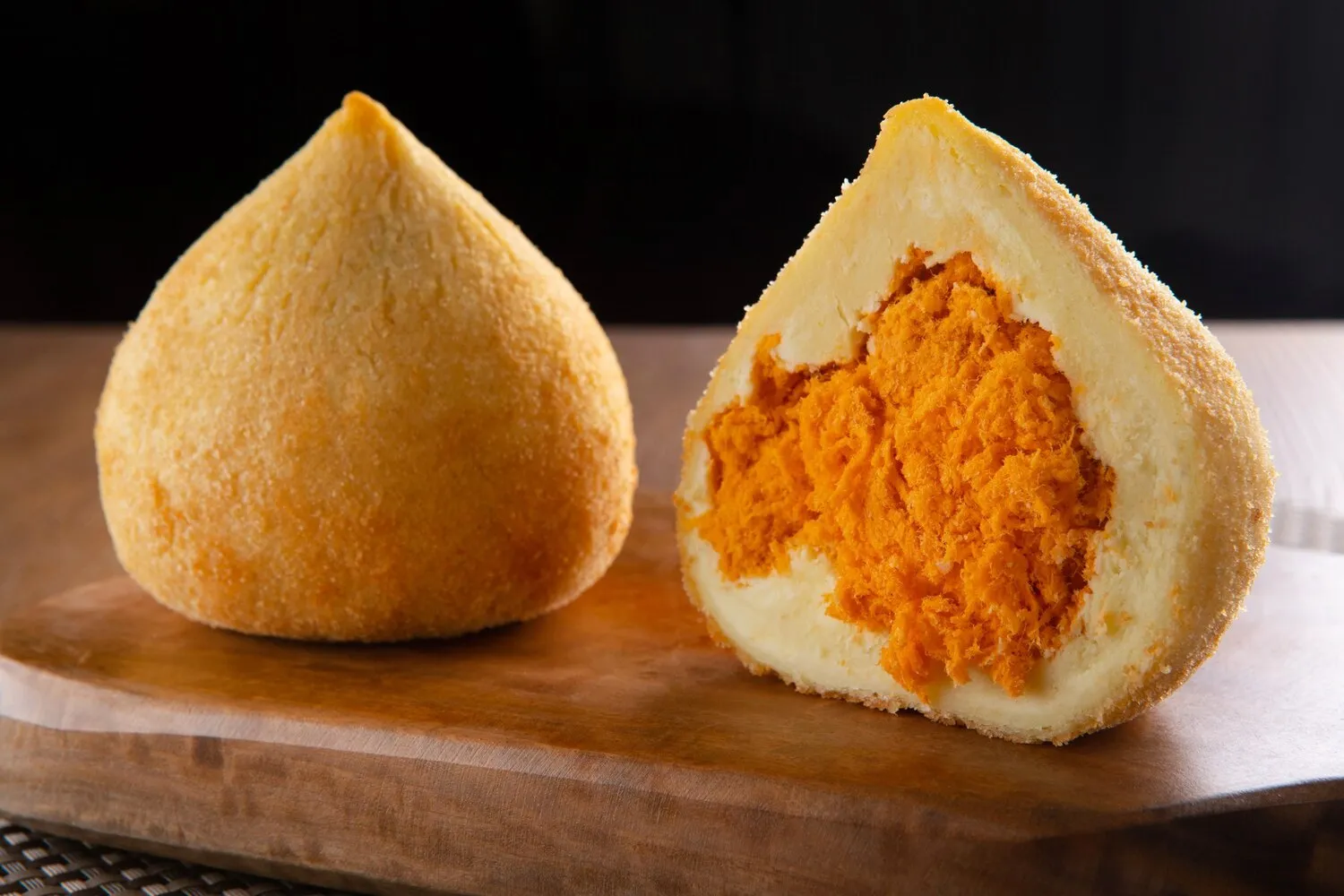
Croquetes
Selection of different types of croquettes.
Nutrition Facts
* The % Daily Value (DV) tells you how much a nutrient in a serving of food contributes to a daily diet. 2,000 calories a day is used for general nutrition advice.
Kroquet
Croquettes originated in France, reportedly created by Louis XIV's chef in 1691. The concept spread throughout Europe, with each country developing its own unique variations and fillings. Spain and Portugal, in particular, embraced croquettes and transformed them into a staple tapas dish with endless possibilities for fillings.
Croquettes are deeply ingrained in the culinary culture of Spain and Portugal, often served as tapas or appetizers in bars and restaurants. They are a popular comfort food, enjoyed by people of all ages, and are commonly made at home for family gatherings and celebrations. The variety of fillings reflects the regional cuisines and available ingredients, making them a versatile and adaptable dish.
Tapas Culture
In Spain, croquetas are an essential part of the tapas experience. They are typically enjoyed with a glass of wine or beer and shared among friends and family.
Family Recipes
Many families have their own treasured croqueta recipes, passed down through generations. These recipes often feature secret ingredients or unique techniques.
Regional Variations
The fillings of croquettes vary widely by region, reflecting the local specialties. Coastal regions often feature seafood-based croquettes, while inland regions may focus on meat and cheese.
The flavor profile of croquettes is creamy, savory, and rich, with a crispy exterior that provides a textural contrast. The specific flavors depend heavily on the filling ingredients, ranging from ham and cheese to seafood and vegetables.
The base of most croquettes is a thick béchamel sauce, which provides the creamy interior. This base is then enriched with various ingredients like diced Iberian ham (jamón ibérico), salt cod (bacalao), chicken, chorizo, mushrooms, spinach, or cheese. Spices like nutmeg, black pepper, and garlic powder are commonly added. After chilling, the mixture is formed into small shapes (typically cylindrical or oval), coated in breadcrumbs, and deep-fried until golden brown and crispy. The filling dictates the dominant flavor, whether it be the salty, cured taste of ham, the briny taste of cod, or the earthy flavor of mushrooms.
Béchamel Consistency
The béchamel sauce should be thick enough to hold its shape when chilled. If it's too thin, the croquettes will be difficult to form and will not hold their shape during frying.
Chilling Time
Allow the croquette mixture to chill completely in the refrigerator, preferably overnight. This will make it easier to handle and prevent the croquettes from falling apart during frying.
Frying Temperature
Maintain a consistent frying temperature of around 350-375°F (175-190°C). If the oil is too cold, the croquettes will absorb too much oil and become greasy. If it's too hot, the outside will burn before the inside is heated through.
Breadcrumb Coating
Use fine breadcrumbs for a delicate crust. Double-coating the croquettes in breadcrumbs can provide an extra layer of protection and ensure a crispier finish.
Explore additional Croquettes dishes and restaurants
Explore CroquettesDiscover top dining spots and culinary experiences in Vila Nova de Gaia.
Explore Vila Nova de GaiaLearn more about the food culture, restaurant scene, and culinary heritage of Portugal.
Explore Portugal